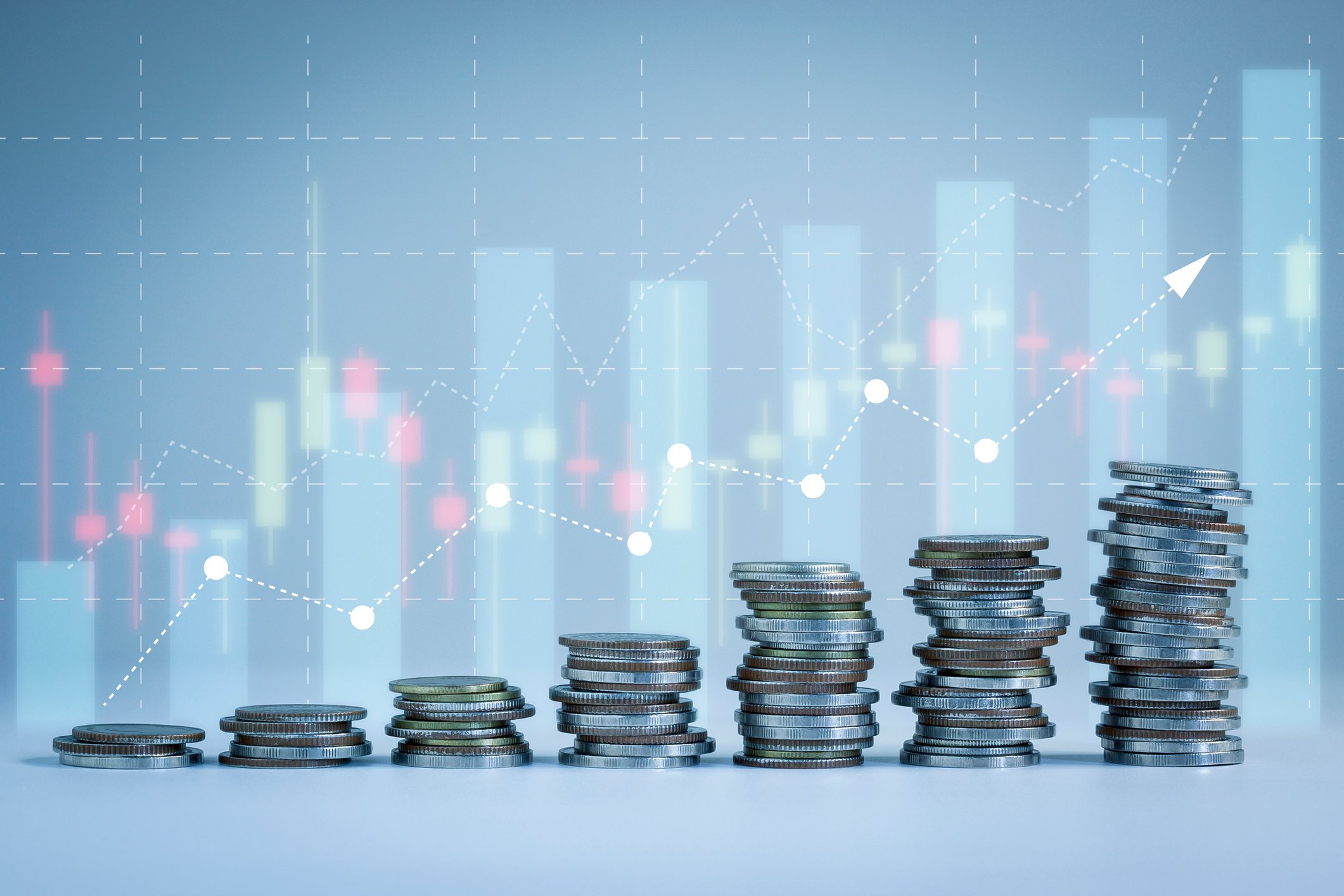Pipeline giant Kinder Morgan (KMI +1.73%) is one of the largest midstream oil and gas companies in North America. With oil and natural gas prices struggling thanks to overproduction and lower demand, now is a good time to check in and see how this industry leader is doing.
A breakdown of second-quarter earnings from last Wednesday will help determine where Kinder Morgan is headed and whether the stock is a buy.

Image source: Getty Images.
Preserving the investment-grade balance sheet
Apparently Kinder Morgan CEO Rich Kinder has been listening to Wall Street's plea for energy companies to monitor their debt loads and keep their balance sheets healthy. Kinder himself made it a point to emphasize his company's focus on scaling back expansion projects, and growth potential, so that Kinder Morgan will have strong cash flow to pay its dividend and maybe even buy back shares down the road.
He did warn that spending 30% less on expansion, as Kinder Morgan plans to, is likely going to mean less growth in the years to come. The company also stated that it doesn't plan on making any acquisitions anytime soon so that it can protect its balance sheet. It's clear that conserving cash and focusing on its dividend will hinder Kinder's growth chances, but that's probably the right call in this market.
The dividend
Last quarter, Kinder Morgan was able to raise its dividend by 5% to $1.05 annually, or $0.2625 per quarter. It had plans to raise its annual dividend to $1.25 per share in 2020, but the company says that's very unlikely now. Kinder Morgan has shown it's taking its debt and dividend more seriously than in the past.
After a 75% dividend cut in 2015, the company has been able to double its quarterly dividend and pay down $10 billion in debt. It's also impressive that Kinder Morgan believes it will be able to fund its capital expenditures and dividend entirely with cash, even though it's facing some challenges in 2020.
Decent expectations
All things considered, Kinder Morgan's expectations for 2020 are not that bad. The company now has $1.7 billion in expansion-project capital, down about $660 million from the 2020 budget. In its first quarter, Kinder Morgan forecast its distributable free cash flow (DCF) to be down by 10% in 2020 and adjusted EBITDA to be down 8%. It has since adjusted that forecast to an 11% decrease in DCF and a 9% decrease in EBITDA. DCF is an important number for a dividend stock like Kinder Morgan because it represents the amount of cash flow that is available to distribute to shareholders.
Project progress
Kinder Morgan's cash conservation hasn't impacted progress on the highly anticipated Permian Highway Pipeline Project, a $2 billion, 430-mile pipeline set to transfer gas away from the Permian Basin in West Texas to the Gulf Coast for export to Mexico or abroad in the form of liquefied natural gas (LNG).
The project is supported by Kinder Morgan's predictable and reliable long-term contracts with a "take-or-pay" fee structure. The company said it is 79% done with the pipeline and 97% done with the mainline compression. Kinder Morgan expects a "strong double-digit, unlevered after-tax return" on the project when it (hopefully) goes into service early next year.
A good business model
Projects like the Permian Highway Pipeline Project form the backbone of Kinder Morgan's cash flow, of which more than 90% comes from predictable take-or-pay and fee-based sources. CFO David Michels said during the July 22 conference call with analysts that the company has found enough capital expenditure reductions to offset its lower earnings so that the company expects to "fully fund all of our cash needs, including our capital expenditures and our dividends within our distributable cash flow."
Strategic shift
The main takeaway from Kinder Morgan's second-quarter earnings call was that it is truly embracing a transition to a slower-growing, leaner company that focuses almost entirely on its dividend and balance sheet. That's good news for income investors looking for a high-yielding dividend stock with a somewhat low amount of risk. (The stock currently yields over 7%.) Kinder Morgan's guidance suggests that the company is much more resilient to low commodity prices and a weak economy than other energy stocks. Its portfolio looks strong considering it thinks it can fund its business and its dividend payment entirely with cash.
Kinder Morgan looks like a good buy at this price. It's refreshing to see management tone down the expansion rhetoric and focus on financial health.






